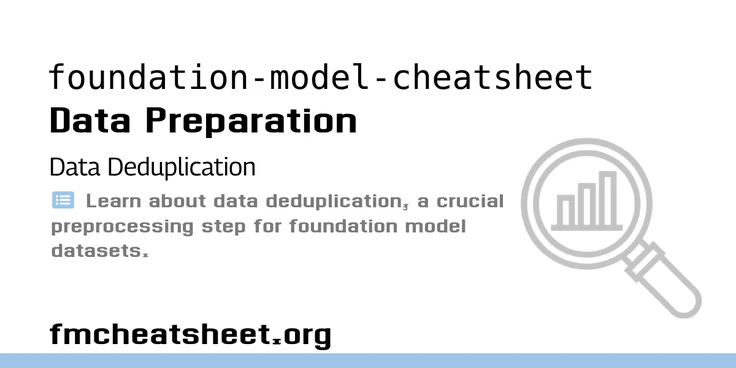Removing data duplicates can 1) reduce the likelihood of memorizing undesirable pieces of information such as boilerplate text, copyrighted data, and personally identifiable information, 2) improves training efficiency by reducing the total dataset size. Practitioners should always determine whether duplicated data will harm or help the model for their use case.







